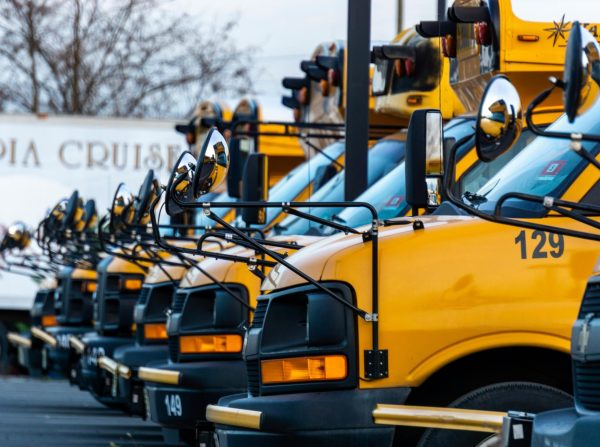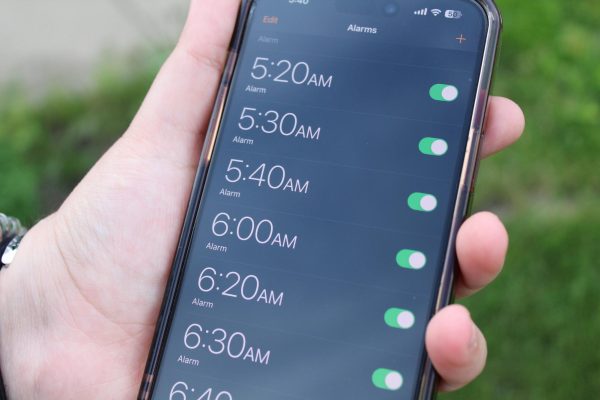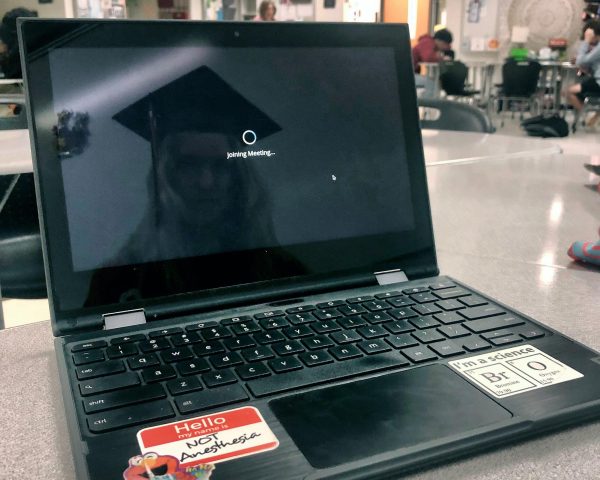Opinion: Keep class sizes small
MCHS’s unbalanced class sizes undermine the benefits that smaller classes can have for students
As MCHS returned for the semester to new classes and schedules, many discovered that some classes were stuffed too full. Studies show that students don’t learn as well in overloaded classes.
January 27, 2022
A boy walks into his second period math class and sits down at an empty table. There’s only 12 kids in this class, why would he need to sit at a full table? The teacher wanders around the room talking with each student, assuring they all get the proper help. He then goes to his next class, which has over 30 students. In this class, he feels cramped and that the teacher only knows his name because of the attendance list.
MCHS’s class sizes vary vastly and are greatly unbalanced. Classes range from anywhere between about 10 to 30 students. The size of each class is determined by how many students can fit in a room, staffing, and how popular the class is.
Smaller classes allow for more one on one time with the teacher. If a student needs help in a class of 15 students, there will be plenty of time for the teacher to come around and check in on each student. However, if the class has 30 students, the teacher will have less time to help kids who need it.
Classes with fewer students also allow for more connections with peers in the class. There would be less names and faces to memorize, which can help students who struggle with group work. This could limit their chances of working with someone they’ve never met before, as there’s only so many kids in the class.
Smaller classes can be less disruptive to student learning. Students who struggle to focus in loud environments can thrive in small, quieter classes. Research from the NCTE shows that students in smaller classes perform better on all assessments in all subjects than those in larger classes. These studies show that students that take smaller classes also benefit later in life, even if they get put in large classes.
Smaller classes can cause added stress for some students, as they are expected to participate more and speak up. However, this can become easier overtime as students grow more comfortable with the few people in the class with them. After working with the same couple of kids for a while, students will feel more comfortable speaking up, answering questions, and working in groups.
So when the boy goes to his math class of 12 he sits down at an empty table and wishes all his classes were like this. He wishes he were able to get proper help throughout the class period from all teachers in all classes, and he should be able to, as he has every right to get a good education.























